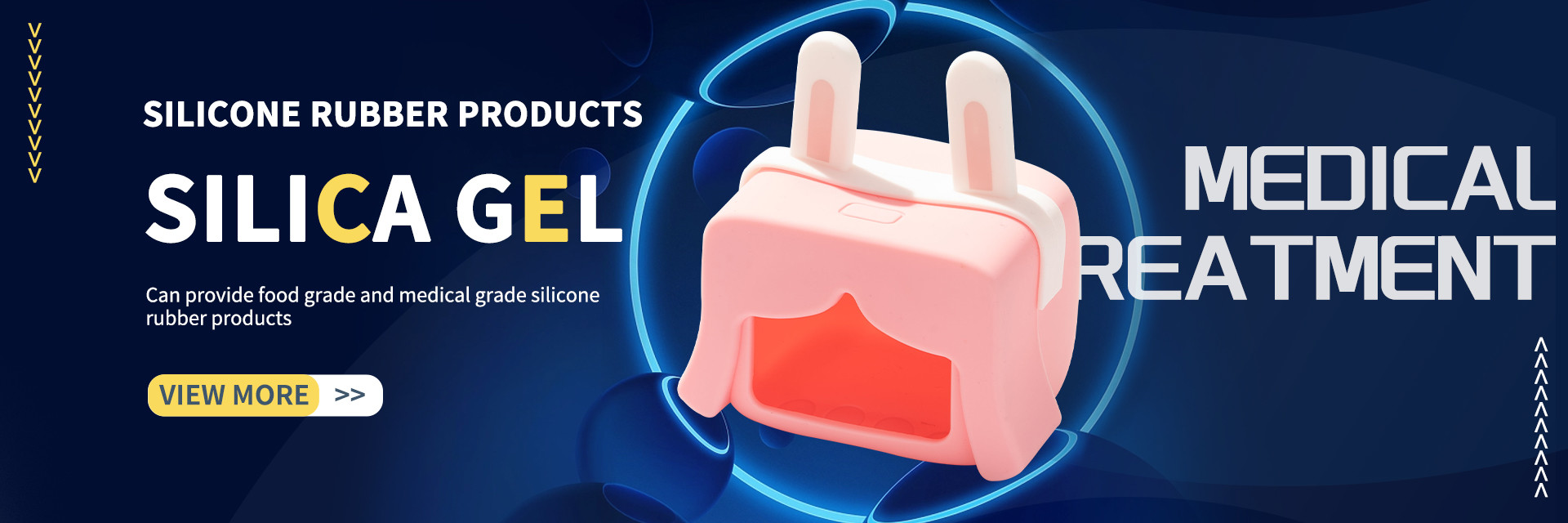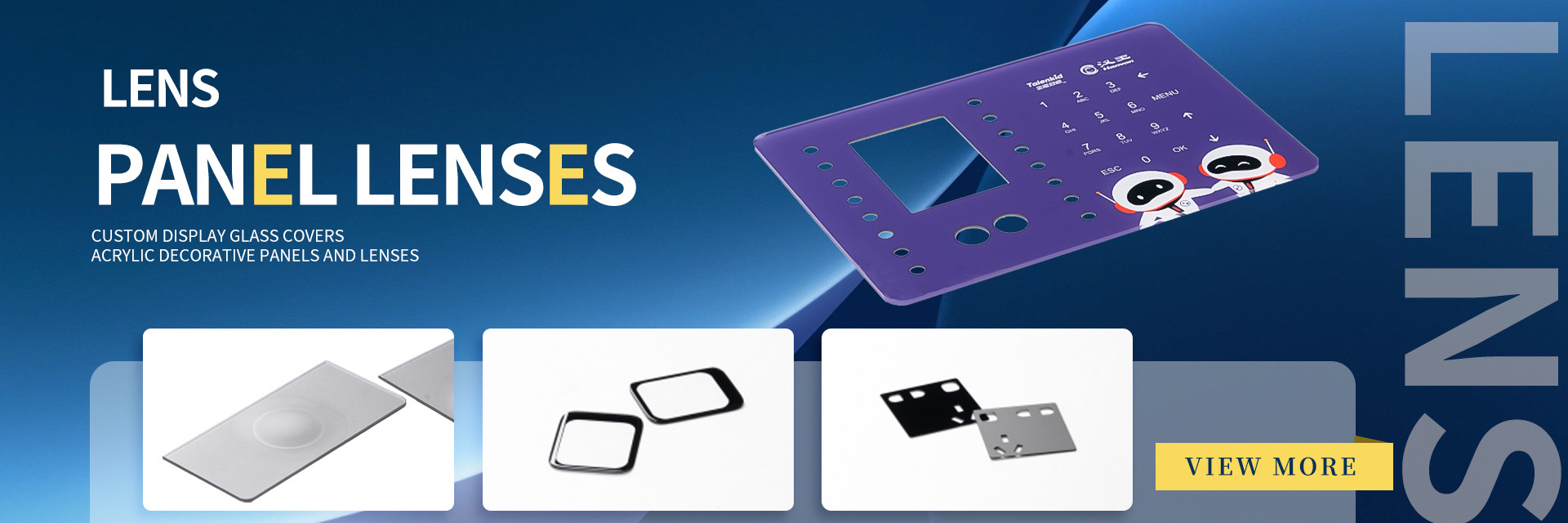Accurate service: perfect delivery of silicone rubber buttons.
In today's fiercely competitive global consumer electronics market, a small silicone rubber button often carries the key mission of enhancing user experience and ensuring stable product operation. Our team went through a process of discovering, solving, and ultimately winning high customer satisfaction while supplying silicone rubber buttons to an internationally renowned consumer electronics brand customer. This experience has become a valuable asset for our continuous progress and demonstrates our mission and responsibility as a high-quality supplier.
1.Project Background
This customer has product sales and after-sales networks in multiple locations in Europe, America, and Asia, and has almost strict requirements for product quality and delivery stability. The project of this collaboration is to customize silicone rubber buttons for a smart wearable device that is about to be launched in the global market. This device focuses on outdoor sports and health monitoring functions. Its buttons not only need to have excellent waterproof and dustproof performance to adapt to various complex and harsh use environments, but also must be perfectly integrated with the overall fashionable and simple design style in appearance. At the same time, the touch is comfortable and the feedback is sensitive to meet the needs of users for convenient operation in various scenarios. At the beginning of the project, the design drawings and technical parameters provided by the client were detailed and accurate. With years of rich experience in the silicone rubber products industry, we quickly organized our R&D and production teams to conduct scheme evaluation and product sampling.
2.Problem arises
When the first batch of samples were delivered to the customer for testing, we were confident that with our past successful experience and strict quality control system, these samples should be able to pass easily. However, the feedback from the customer dealt a blow to our team - during the continuous high-frequency click testing phase, there were very few instances of button failure, manifested as the button not being able to pop up in a timely manner after being pressed, resulting in the signal not being transmitted smoothly. Although the probability of this situation occurring is less than 1%, it is undoubtedly unacceptable for customers who pursue ultimate quality and may face product recall risks after large-scale production. For a moment, we were facing immense pressure, the trust of our clients was severely tested, and the project seemed to be at a standstill. We are well aware that we must quickly identify the root cause of the problem and provide practical and effective solutions, otherwise not only will we lose this opportunity for cooperation, but it may also have a long-term negative impact on the company's reputation.
3.Problem exploration
After receiving feedback, our technical team took immediate action and collaborated with frontline production operators to conduct a comprehensive inspection of the entire production process and product structure. Firstly, we conducted a comprehensive inspection of the silicone rubber material provided by the raw material supplier to ensure that its composition and performance indicators fully meet the project requirements, eliminating the possibility of raw material quality issues from the source; Subsequently, the accuracy and wear of the mold were carefully inspected, and the dimensional accuracy, surface smoothness, and exhaust system details of the mold all met high standards, ruling out the possibility of button structure defects caused by mold factors leading to malfunction; In the production process, we strictly reviewed the sulfurization process parameters, including the control of key parameters such as temperature, time, and pressure, and did not find any abnormalities. However, when we focused on the assembly process of the buttons, we finally discovered the clues. Due to the complex structure of the button, which involves precise assembly of multiple components, although there are strict operating standards, in actual production, some operators do not accurately control the installation position of a subtle elastic support component inside the button during the assembly process, resulting in slight interference between the component and the surrounding structure in a few products. With continuous clicking actions, this interference gradually accumulates, ultimately leading to button failure.
4.Solve the problem
After identifying the problem, we quickly developed targeted solutions. On the one hand, special training is provided to production personnel, through the production of detailed graphic and textual tutorials and on-site demonstration operations, to ensure that each operator can accurately grasp the assembly essentials of elastic support components, greatly improving the consistency and accuracy of installation positions; On the other hand, in order to further reduce the risks that may be caused by human factors, we have invested funds in automating some assembly processes on the production line, introducing high-precision assembly robots that can complete the installation of elastic support components with extremely high precision and stable performance, fundamentally eliminating the problem of button failure caused by inaccurate assembly positions. After completing these improvement measures, we carefully made another batch of samples and sent them to the customer for rigorous testing.
5.Customer satisfaction
After the new samples were delivered to the customers, they underwent more rigorous comprehensive testing than before. After thousands of consecutive click tests, long-term stability testing in different temperature and humidity environments, and meticulous inspection of appearance quality, the customer finally showed a satisfied smile. They have provided us with feedback that the new samples have perfectly met their expected requirements in all aspects, whether it is the reliability of functionality or the refinement of appearance, they are impeccable. They highly appreciated our team's ability to quickly and effectively identify and solve problems. In subsequent communication, the client also made it clear that they will continue to expand their cooperation with us and entrust more related product projects to us for completion. This is not just a simple project delivery success, but also the starting point for us to win the long-term trust of our clients with a professional and responsible attitude.
Through this silicone rubber button project, we have deeply realized the importance of quality first, problem oriented, and efficient collaboration in cooperation with international customers. Every seemingly small detail can affect the final quality of the product and customer satisfaction, and as long as we maintain a rigorous attitude and utilize the wisdom of our team, there is no difficulty that cannot be overcome. In the future, we will continue to be inspired by this successful case and continuously innovate and cultivate in the field of silicone rubber products, providing high-quality and reliable products and services to more customers around the world, working together with customers to create a better future, and writing our own wonderful chapter in the fierce market competition.

 Your message must be between 20-3,000 characters!
Your message must be between 20-3,000 characters! Please check your E-mail!
Please check your E-mail!  Your message must be between 20-3,000 characters!
Your message must be between 20-3,000 characters! Please check your E-mail!
Please check your E-mail! 

